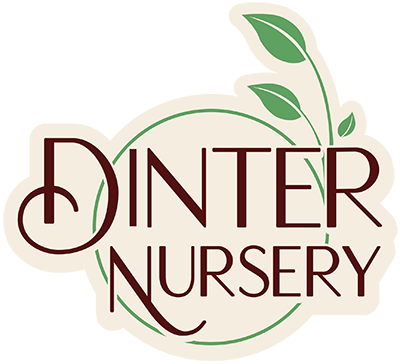Magical Mulch
The most important thing you can do to build soil health in fall is mulch your garden for the winter.
Mulch is defined as any layer of material applied to the soil surface. This means many different materials can be used for a garden mulch! Natural materials include compost, bark, straw, newspaper, and grass clippings. In fall, we have an abundant supply of natural mulch in the form of the stunning deciduous leaves falling on the ground.
Mulching the soil for the winter insulates the soil, providing a more hospitable overwinter home for the beneficial soil organisms. This ensures better survival of the soil ecosystem through the cooler months and prevents erosion of the soil from rain falling on bare soil or wind blowing the surface soil away.
Heavy rainfall on bare ground compacts soil and leaches nutrients. Mulch stops the direct contact of the falling raindrop on the soil, while still allowing some moisture to seep through. In summertime, mulch actually conserves moisture by reducing evaporative loss!
Mulching is also an easy way to add organic matter to your soil, improving both structure and texture. This reduces the need for cultivation and increases the nutrient holding capacity of the soil, promoting healthy root growth! Applying a natural mulch has the advantage of adding more nutrients to your soil as soil microorganisms break down the organic matter (a process called mineralization).
If you are using Bigleaf Maple or Garry Oak leaves for mulch, run them through the shredder or lawn mower before applying to the garden. Large leaves tend to mat together, resulting in too little water reaching the underlying soil.
Lastly, fall leaf mulch provides habitat and food—not just for soil organisms, but also for bugs and small insects that make their homes in the leaf litter through the winter! Birds and large insects will feed on these small critters through the winter.

